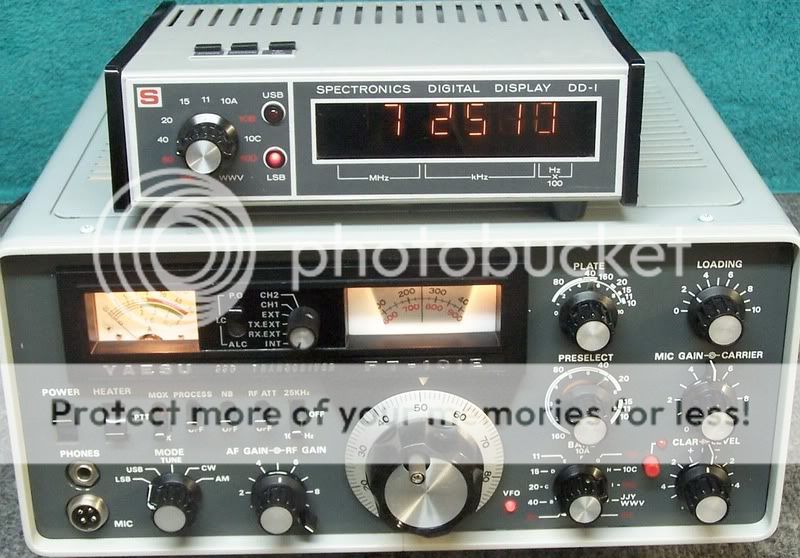I have an old Yaesu FT-101E that I have had for a while now. I subscribe to the FoxTango website, and have looked all over at the history of these rigs. The thing that I can't figure out is why my "E" model has 11 meters. It isn't modified (or appear to be), and 11 meters is labeled on the rig. Here's an old pic:

What I'm confused about is that I thought the old original 101's had 11 meters because it was still legal in Japan, and they released the rigs before the law changed. Any idea why this rig is this way with it being a later model?
73,
Brett

What I'm confused about is that I thought the old original 101's had 11 meters because it was still legal in Japan, and they released the rigs before the law changed. Any idea why this rig is this way with it being a later model?
73,
Brett
